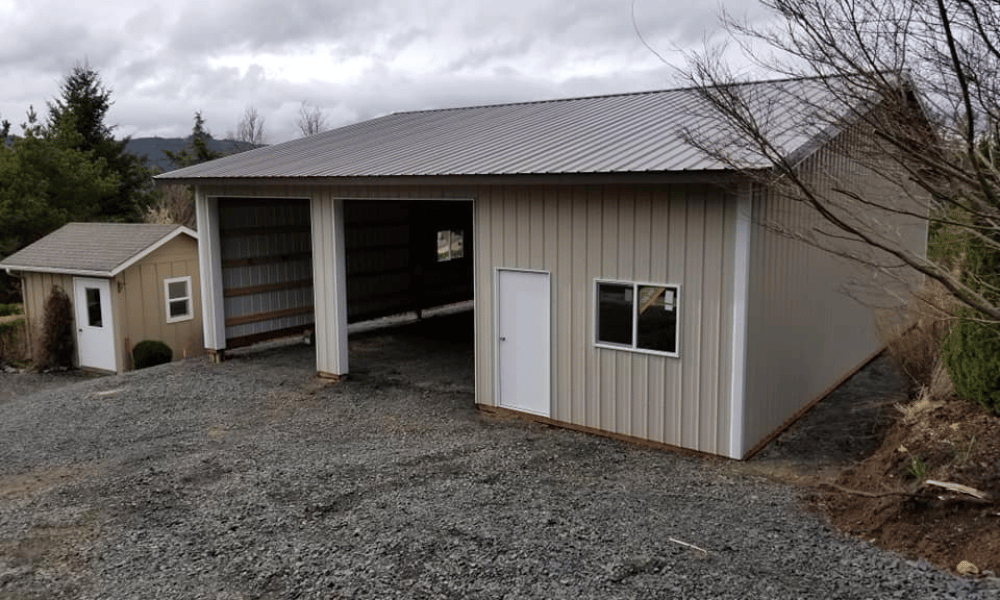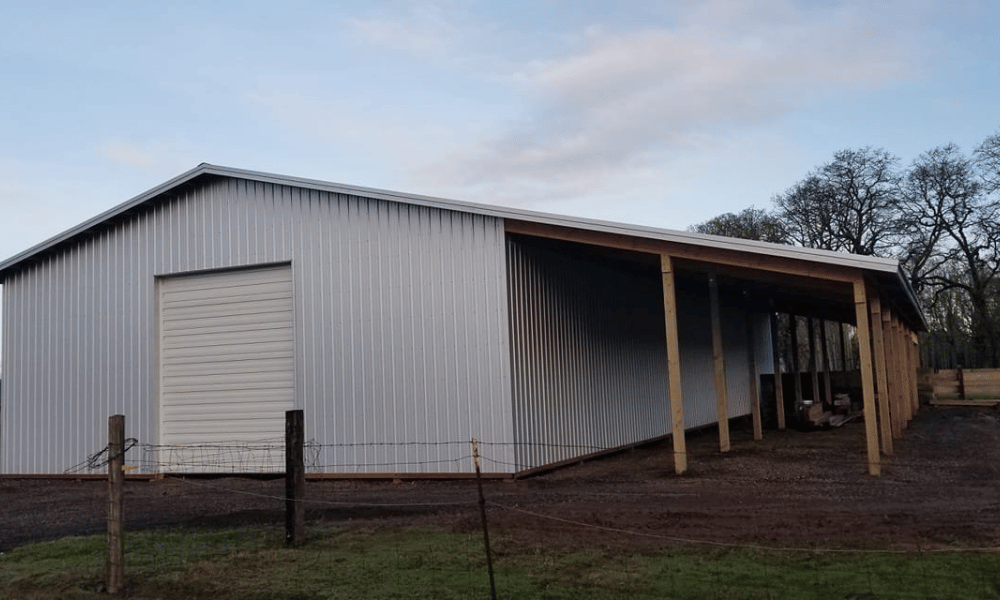Introduction
Building a pole barn garage can be an exciting venture, but the thrill of constructing your own space often diminishes once you realize how essential insulation is. Sadly, many novices overlook this crucial step. Without proper insulation, your dream garage can turn into an unbearable storage unit during extreme weather conditions. This guide aims to shed light on why insulating a pole barn garage is vital and how to do it effectively.
A Beginner's Guide to Insulating Your First Pole Barn Garage
Insulating your first pole barn garage isn't just about comfort; it's about creating a functional space that serves its purpose all year round. Whether you're planning to use your garage for hobbies, vehicle storage, or even as a workspace, insulation can significantly enhance the usability of the structure.

Understanding What a Pole Barn Garage Is
Before diving into insulation specifics, let’s clarify what we mean by "pole barn garage." A pole barn is a structure supported by poles or posts rather than traditional framing methods. This design is often cheaper and quicker to erect, making it popular among DIY enthusiasts.
Why Choose a Pole Barn Garage?
- Cost-Effective: Typically less expensive than conventional garages. Quick Construction: Easier and faster to build. Versatile Use: Can serve multiple purposes from workshops to car storage.
The Importance of Insulation in Your Pole Barn Garage
You might wonder: "Why should I care about insulation?" Well, the consequences of neglecting this step can lead to various issues such as extreme temperatures, moisture buildup, and unwanted pests.
Benefits of Insulation
Temperature Control: Keeps your garage warm in winter and cool in summer. Energy Efficiency: Reduces heating and cooling costs. Moisture Management: Prevents mold growth and structural damage. Noise Reduction: Helps dampen outside noise.Types of Insulation Materials for Your Pole Barn Garage
When it comes down to choosing insulation materials, you'll find several options available. Each has its pros and cons.
Fiberglass Insulation
- Pros: Affordable and widely available. Cons: Can irritate skin; requires protective gear during installation.
Spray Foam Insulation
- Pros: Provides excellent air sealing; expands to fill gaps. Cons: More expensive; requires professional installation.
Rigid Foam Board Insulation
- Pros: Lightweight and easy to install; effective thermal resistance. Cons: Limited soundproofing abilities.
Preparing Your Pole Barn for Insulation Installation
Before you start rolling out that insulation material, preparation is key!
Inspect the Structure
Check for any signs of rot or damage before proceeding with the installation. Addressing these issues early on will save you time and money later.
Seal Gaps and Cracks
Use caulk or spray foam to seal any visible gaps or cracks where air might enter or escape. This step is crucial for maximizing energy efficiency.
Choosing the Right Thickness for Insulation
Insulation thickness varies based on climate zones and local building codes. You don’t want too little insulation that leaves your garage cold in winter nor so much that it’s overwhelming in summer.
Climate Zones Overview Table
| Climate Zone | Recommended R-value | |--------------|---------------------| | 1 | R-13 | | 2 | R-19 | | 3 | R-25 | | 4 | R-30 |
Installing Fiberglass Batts in Your Pole Barn Garage
If you've chosen fiberglass batts as your insulation material, here’s how you can install them:
Measure the wall cavities. Cut batts slightly larger than the cavity size for a snug fit. Place batts between studs—ensure they fit tightly without compression. Cover with vapor barrier if necessary.Using Spray Foam Insulation: Step-by-Step Guide
For those opting for spray foam:
Ensure safety gear is worn (gloves, goggles). Shake cans thoroughly before use. Apply foam evenly across surfaces—allow it to expand slightly beyond intended coverage area before trimming excess off once cured.Finishing Touches: Vapor Barriers & Interior Walls
Once insulation is installed, consider adding a vapor barrier if you're in a humid climate zone—this helps prevent moisture from penetrating walls which could lead ultimately lead back toward mold issues down the line.
How To Install Vapor Barriers?
Cut sheets of polyethylene sheeting according to wall dimensions. Attach using staples along top edge while ensuring full coverage over insulation layer itself (don't forget seams!).Heating Options for Your Insulated Pole Barn Garage
If you're considering using your pole barn garage as more than just storage space during colder months—you might want some form of heat source!
Electric Heaters vs Propane Heaters
Electric heaters are generally easier but come at higher costs over time compared with propane models which require refilling tanks regularly yet provide warmth quickly when needed most!
FAQ Section
Q1: How much does it cost to insulate a pole barn garage?
A: Costs vary significantly based on materials used but expect anywhere from $0.50-$2 per square foot depending on whether you go with fiberglass batt or spray foam options.

Q2: Can I insulate my pole barn myself?
A: Yes! Many homeowners opt for DIY solutions when installing fiberglass batts while spray foam usually requires professional assistance due its complexity involved during application process itself!
Q3: Is condensation an issue with insulated pole barns?
A: Condensation can occur if there isn’t adequate ventilation combined with moisture barriers installed properly—make sure both factors are addressed during setup stage!
Q4: Do I need permits for insulating my pole barn?
A: While insulating typically doesn't require special permits unless structural alterations are made—check local regulations prior beginning work just be safe!

Q5: How long will my insulation last?
A: Quality installation paired alongside high-grade materials leads most forms lasting upwards 20 years if maintained correctly throughout lifespan overall!
Q6: Can I use my insulated pole barn year-round?
A: Absolutely! With appropriate heating/cooling systems incorporated alongside effective airflow management—you’ll find yourself enjoying this space across all seasons beautifully!
Conclusion
In conclusion, insulating your first pole barn garage may seem like a daunting task at first glance—but fear not! With careful planning coupled together alongside thorough research into available options—you'll find yourself crafting cozy haven ready serve whatever needs arise down road ahead! Don’t underestimate importance proper installation plays within overall functionality created here because it truly makes difference between mere structure versus fully operational workshop sanctuary waiting eagerly welcome creativity flourish forth unboundedly unlimited potential altogether! So roll up those sleeves get started today; trust me—it’ll be worth every ounce effort Pole Barn Garage Builders in Eugene Dean Lindsey Construction poured into this rewarding journey ahead toward transforming blank canvas into something spectacularly wonderful—and warm too!